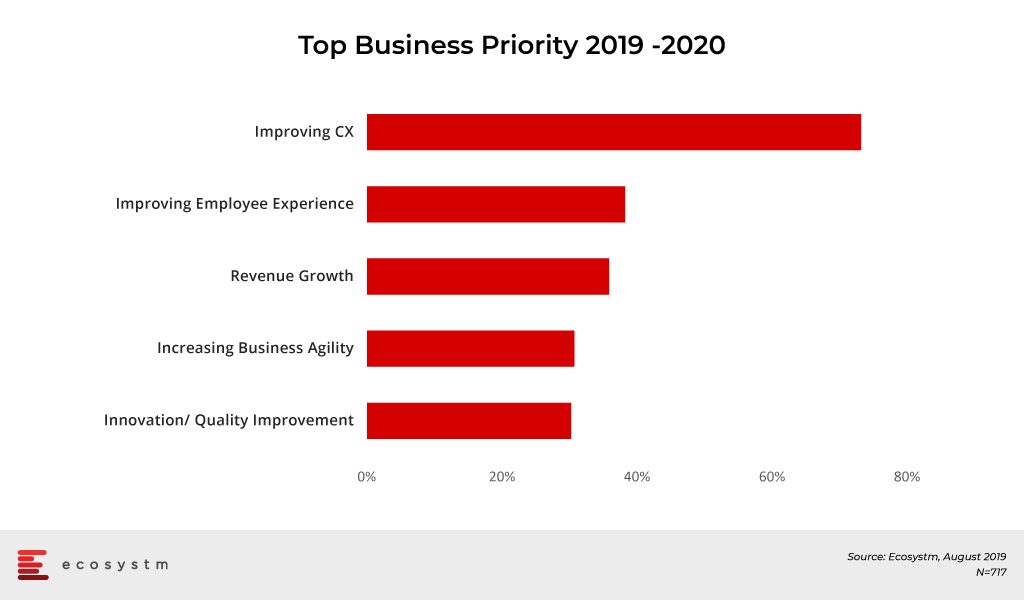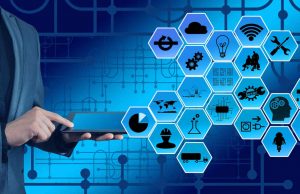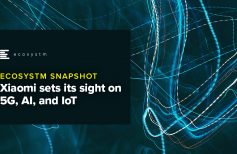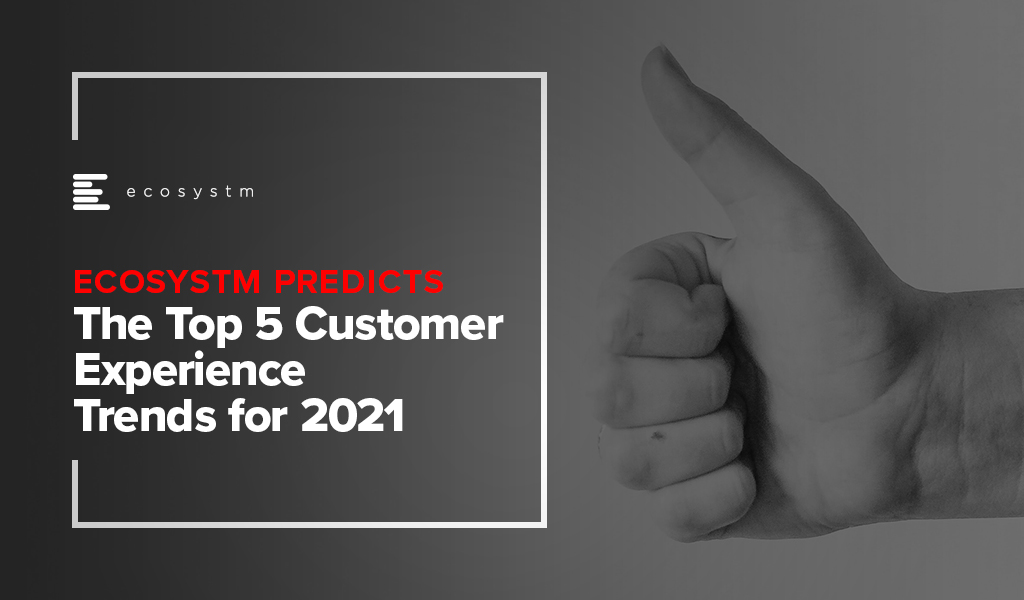
Organisations are increasingly focusing on customer experience (CX), and it is overtaking pricing and product development as the key brand differentiator. The global Ecosystm CX study discovered that improving customer satisfaction is the key business priority across industries – even in industries that have not had a traditional focus on customers such as Manufacturing and Construction.

IoT is already impacting CX
We should keep in mind that IoT customers are not just those who enjoy the advantages of a Smart Home or the patients that share health and wellness data from wearables and medical devices with medical professionals. IoT customers are also the Maintenance Director of a Manufacturing plant floor, the Field Service technician using a predictive maintenance application, the Purchasing Director, the Marketing Director or the Product Director who use sensor data from connected products around the world in an intuitive and easy-to-use platform to improve usability or to sell more.
IoT can improve CX on multiple counts
Let’s see some examples:
- The right IoT sensor and actuator can boost customer satisfaction. For instance, by installing intelligent IoT sensors in the physical store environment, retailers can collect contextual data such as sound, temperature, or traffic patterns and will uncover how physical elements of a location correlate to customer satisfaction.
- IoT devices like wearables or smart home devices with good features improve the quality of life and have revolutionised CX.
- Effective IoT connectivity management is key to a successful IoT deployment. IoT connectivity enriches communication with customers too. The sensors and IoT devices that are inbuilt into products can feed data back regarding usage patterns and even detect problems. This data can be used to the manufacturer’s advantage allowing them to send across personalised communication to customers.
- IoT platforms with Artificial Intelligence (AI) components facilitate analysis of the ways customers are interacting with their devices over time, and helps identify frequently and rarely used features, allowing the building of better devices and applications fitted better to customer needs.
- IoT applications like condition-based monitoring allows the prevention of failures before they occur rather than waiting for problems to arise first. Connected devices can schedule predictive maintenance, detect issues before they debilitate functionality and diagnose problems accurately. When connected to a powerful AI-based workforce-management solution, companies can optimally schedule a technician by balancing skills, asset location, parts, technicians’ locations and traffic.
- IoT aids CX through faster Customer Service/Customer Support. Intelligent IoT devices itself could communicate an issue to a support team, even if the customer is unaware of one. Based on this information, a support team could then take several pre-emptive actions, which could include either notifying the customer or even rectifying the issue before the customer is affected. IoT sensors may be able to predict problems before they surface. Perhaps a piece of equipment exhibits certain symptoms before it breaks down. If the IoT device could send an alert to an engineer warning them about the potential problem, the equipment could be fixed before the problem leads to any downtime.
Designing an IoT Product Strategy centred around CX
Here are some points points to keep in mind when designing IoT products with a better user experience.
- The data that you havee gathered from the usage of your products can be used to develop new products. You can figure out what part of your products can be improved upon and then pass on this information to your product development team.
- Never introduce a User Experience (UX) based functionality that does not comply with the core values that the IoT product aims to provide.
- Since IoT-enabled devices come equipped with several sensors, they can easily capture loads of data regarding product motion, biometrics, air moisture, temperature, weather, etc. The product should be designed in such a way that the device makes optimum use of this data to learn deeply about the user and start taking smart and automated decisions on its own.
- Focus on making it easy for the customer to personalise the interface of smart products.
- Think beyond the usual interfaces that are based around screens. Combine with other technologies like AR, Voice Recognition, etc to obtain the desired output functions.
- Your IoT device design should make things simpler and not introduce more complexity into the equation. They should be designed in a way that it involves a minimal amount of training.
- Design with the intent of keeping machine-to-machine interaction at the maximum and autonomous behaviour at the minimum.
- Place the centre of control in the hands of the users. The interface design should make them feel like they run the show. One of the best ways to do this is by enabling remote user interfaces.
- Get information about the time gap between procuring a product and using it, and the date when the product is up for replacement.
- Combine IoT and AI for a better CX.
IoT is no longer in its infancy. The technology is here, available and ready to help organisations connect better to their audiences. There are already millions of users enjoying the benefits of and working with IoT devices. The possibilities of improving CX via IoT are indeed monumental. To keep up with market expectations, IoT vendors must be convinced that IoT will have tremendous positive impact on their relationships with their customers.
IoT vendors should be transparent and inform customers that they are using their usage data to optimise the design of products and services and to significantly improve customer satisfaction.
What are your views? Let me know in the comments.






